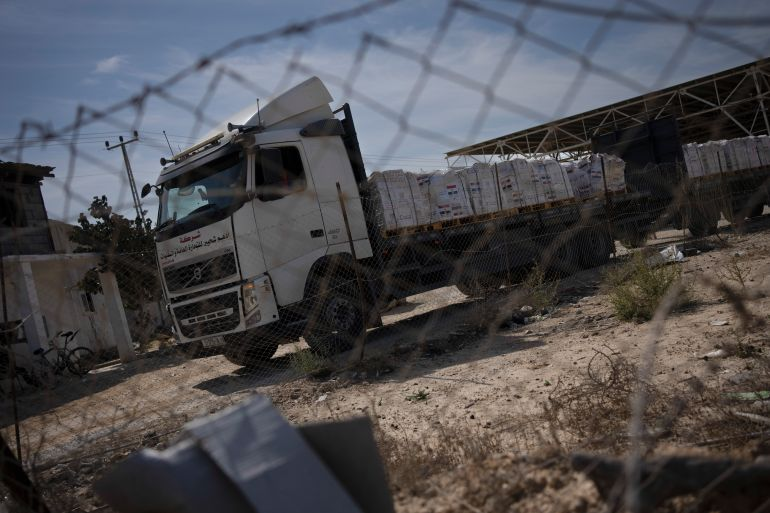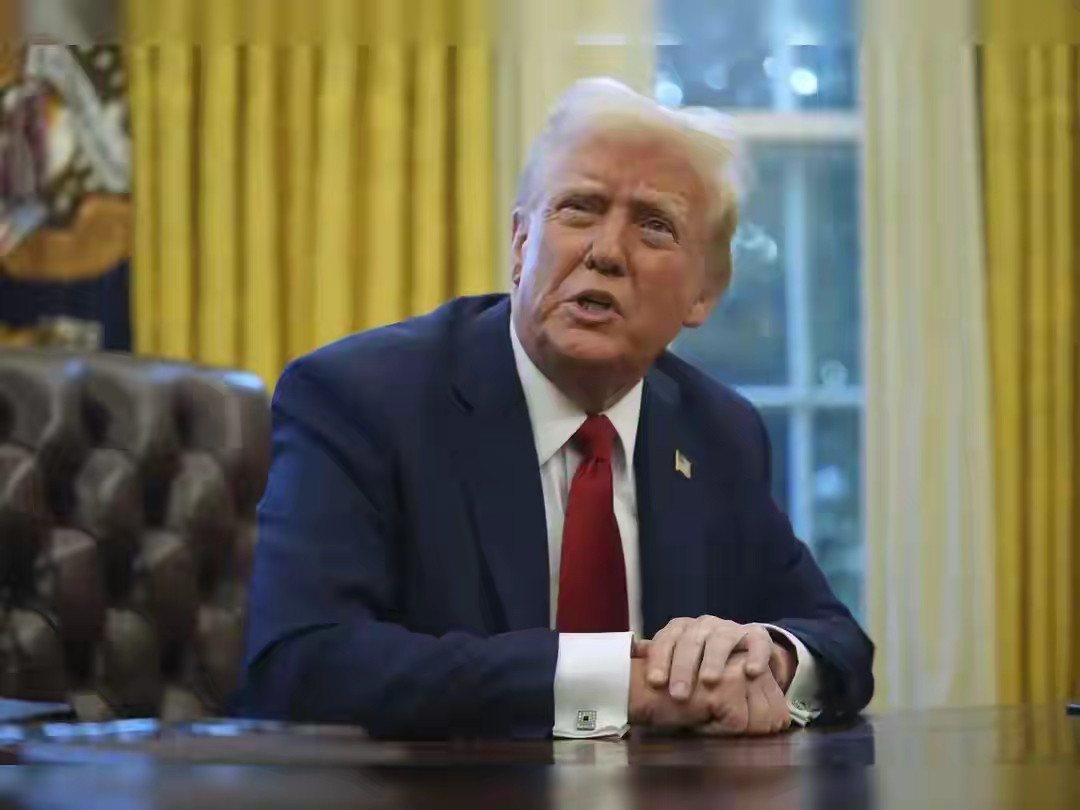
On December 17th local time, the Israeli Ministry of Defense's Coordination Bureau for Government Activities within the Territory, which is responsible for coordinating with Palestinians, issued a statement stating: "Starting today, United Nations aid trucks will undergo security checks and be transported directly to Gaza through the Kerem Shalom checkpoint to comply with the agreement we have reached with the United States." The statement also emphasized that Israel will not provide any assistance directly to the Gaza Strip.
It is reported that a Palestinian border official confirmed that, with the coordination of the United Nations Palestine Refugee Agency and Israel, the Kerem Shalom border crossing between Israel and the Gaza Strip has opened up a convoy of aid supplies. The official said that some of the aid supplies arrived in Gaza before the evening of the 17th, with a total of 79 trucks, and the transportation of the remaining supplies will be completed on the 18th. This is the first time it has been opened since the outbreak of the Israeli Palestinian War, reportedly with the aim of doubling the amount of food and medicine arriving in Gaza.
According to multiple media reports, this move is expected to accelerate the entry of more aid supplies into the Gaza Strip. The Israel Times reported that since the outbreak of the current Israeli Palestinian conflict, rescue trucks entering the Gaza Strip can only undergo Israeli security checks at the Nichana Port, which has caused delays in the entry of rescue supplies into the Gaza Strip.
The Palestinian Red Crescent Society announced on social media on the 17th that from October 21st to December 16th, approximately 4637 trucks carrying aid materials entered the Gaza Strip through the Rafah crossing. 49% of the materials loaded on these trucks are food, 11.7% are medical supplies, 20.3% are rescue supplies, and 19% are water. The Palestinian Red Crescent Society has called for sustained humanitarian assistance to the Gaza Strip and stated that the current aid received cannot meet 10% of the demand.
According to a report by Al Jazeera on the 17th local time, Philip Lazarini, Director General of the United Nations Relief and Works Agency for Palestine Refugees in the Near East, stated in an interview that Israel's attacks have destroyed over 60% of the infrastructure in the Gaza Strip, displaced over 90% of the population, and poor sanitation conditions with almost no clean water.
Martin Griffith, Deputy Secretary General for Humanitarian Affairs of the United Nations, has pointed out that if the Kerem Shalom border is opened, it will have a "significant driving effect" on more aid entering the Gaza Strip.
Israel's first opening of the border with the Gaza Strip indicates that it can no longer withstand external condemnation and enormous pressure from the international community.
After the Israeli Defense Forces admitted last week that they mistakenly killed three Israeli detainees, it sparked protests and demonstrations among the Israeli people, calling for the government to renegotiate with the Palestinian Islamic Resistance Movement on the release of hostages.
Earlier, the French Ministry of Foreign Affairs confirmed that a French consulate staff member was killed by Israeli bombing at his home in Rafah, southern Gaza on the evening of the 13th. The French side condemns the bombing that resulted in the deaths of several civilians and demands that Israel investigate as soon as possible.
At the same time, European countries such as France, the United Kingdom, and Germany have also called for a ceasefire in the Gaza Strip. US Defense Secretary Lloyd Austin visited Israel on the 18th, and the media predicted that he would continue to discuss reducing the intensity of his military operations with Israel, while also continuing to discuss setting a timetable for the Israeli military to end the "most intense phase of the war.".
The United Nations Security Council has also voted on the draft of the Israeli Palestinian situation multiple times, demanding that Israel and Hamas allow aid supplies to enter the Gaza Strip through various channels and establish a United Nations monitoring mechanism for the delivery and distribution of humanitarian aid.
Therefore, the introduction of a new policy of assistance from the Israeli side can be said to be the result of a game between all parties. Anyway, the opening of this checkpoint has injected a new hope into the Gaza Strip and brought a glimmer of vitality to the local people. However, in the face of a severe humanitarian crisis, how can we ensure that the people of the Gaza Strip receive sufficient assistance, and can these aid materials be quickly delivered to the places where they are most in need? These are all complex exam questions facing the international community.

When the US Senate passed a resolution with 51 votes in favor and 47 votes against, terminating the global tariff policy implemented by the Trump administration citing a "national emergency," this seemingly symbolic vote actually contained multiple deep logics.
When the US Senate passed a resolution with 51 votes in fav…
Recently, according to Teslarati, Tesla announced that the …
Nikkei Group, the Japanese business information giant that …
Today, Tesla's annual shareholders' meeting kicked off. Thi…
A Listeria outbreak caused by pre-prepared pasta is continu…
On November 5th, technology media outlet ufukozen discover…